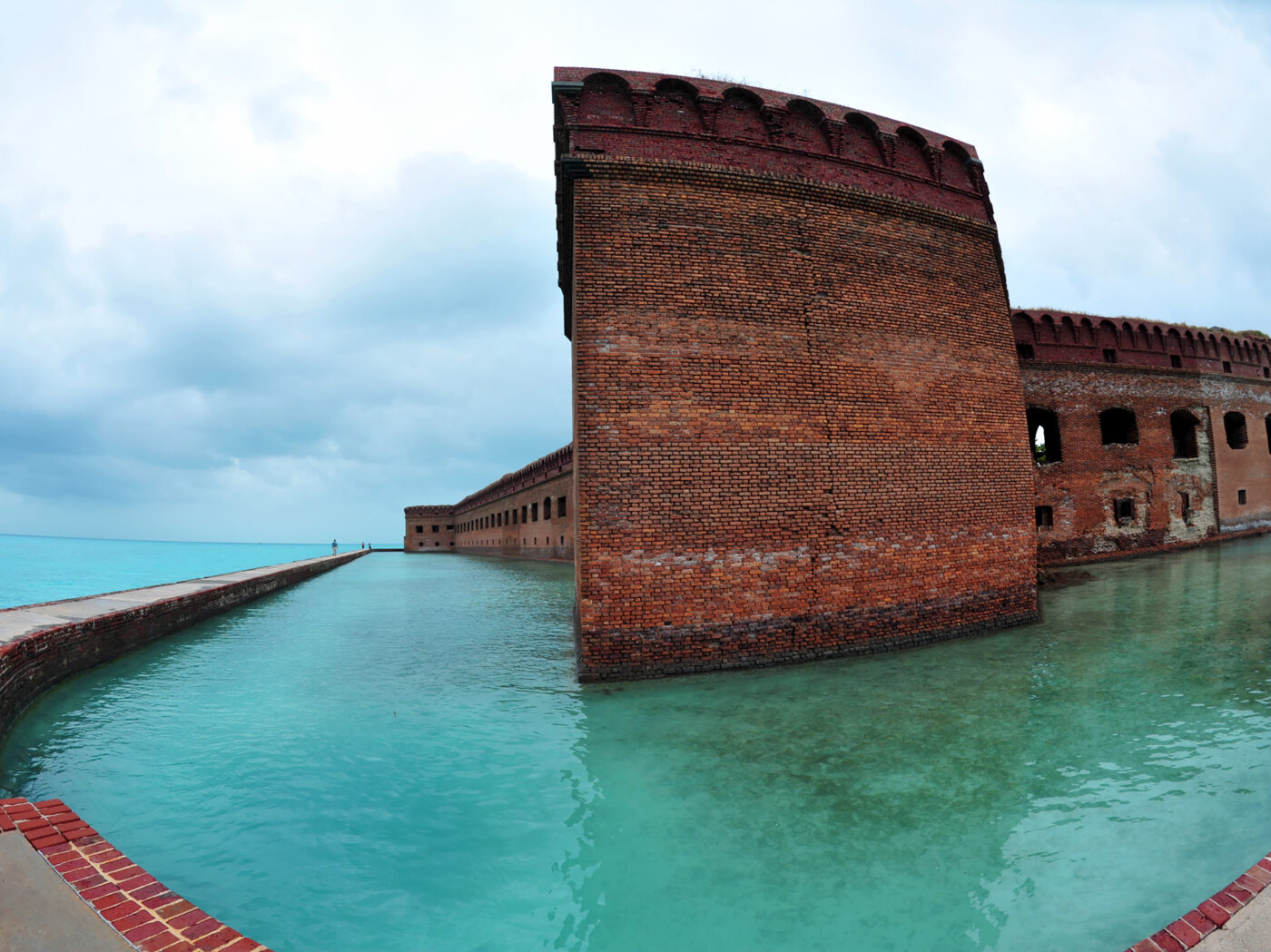THE 10 LEAST VISITED NATIONAL PARKS
Everyone knows the most famous (and visited) ones — but what are the lesser known, the more obscure but beautiful?
With so much in the news about the overwhelming crowds at national parks and social media exacerbating the ruination of so many pristine places, compounded by an overstretched park system, it’s conscience-stretching to want to travel to one.
It’s hard to believe this became such a moral dilemma, with the vast beauty of the American wilderness carved out and preserved by the national parks system. So we collected the least visited (and in many ways most beautiful) national parks and here they are:
10 North Cascades National Park, Washington
Only a few hours from Seattle, and placed between the mountains Devil Peak and Paul Bunyan’s Stump, lies North Cascades National Park. Often overlooked due to its vast size and raw wilderness, there is not much to help the casual day visitor to enjoy its breathtaking beauty. Despite its remote nature, this park boasts a beautiful visitor center full of history and helpful staff to assist you through this wonderful glacial rainforest. Which ain’t overcrowded, trust me.
9 Isle Royale National Park, Michigan
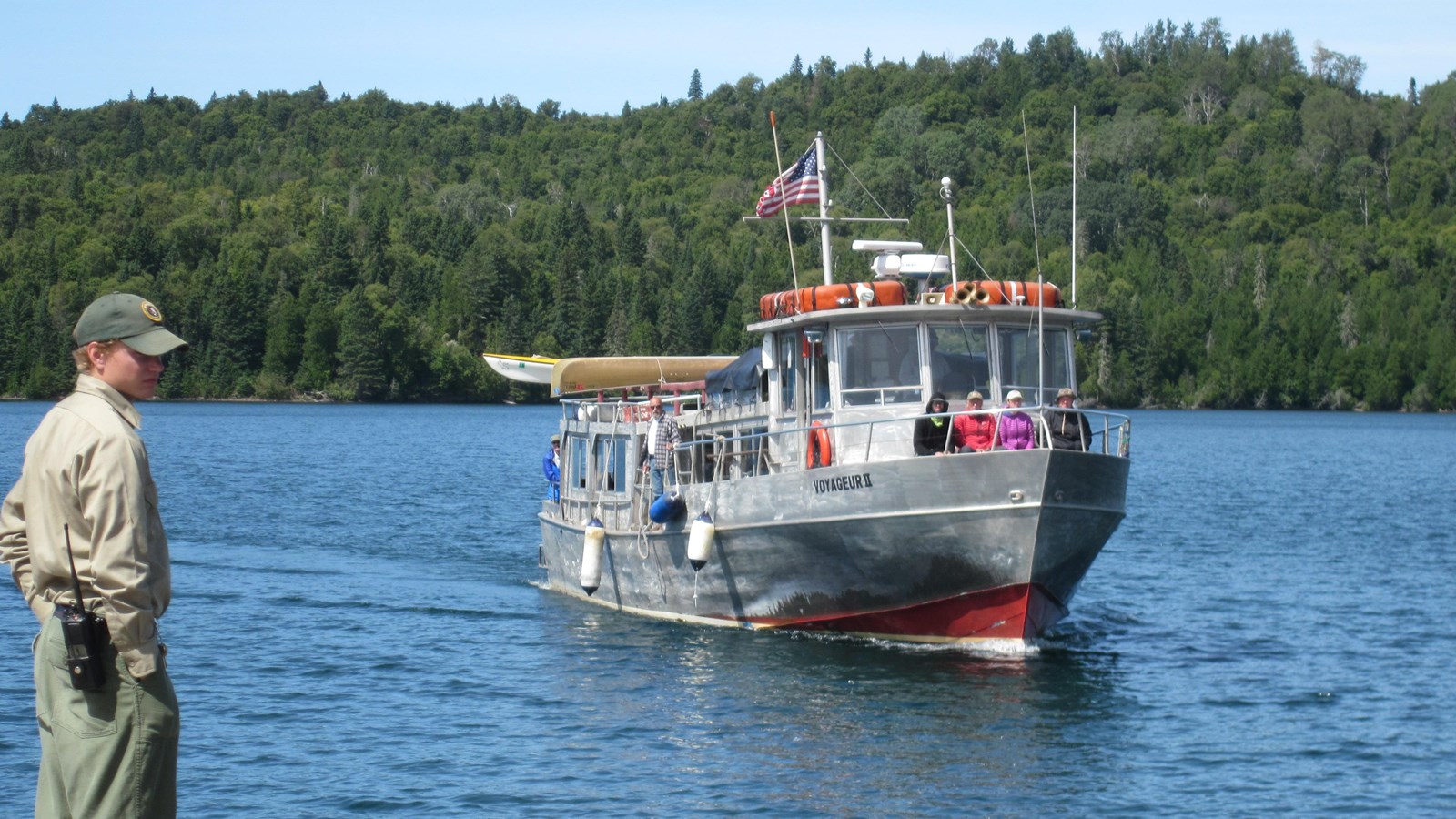
The largest Lake in North America, Lake Superior holds the largest Island in the US (so large it has its own lakes). Clocking in at 200 square miles and just fifteen miles off the coast of Michigan, Isle Royale is one of the most pristine wildernesses in North America. While 15 miles may not seem that far, especially for the deep sea fishers among us, unfortunately its proximity to the coast of Michigan betrays the difficulty of reaching there, as choppy water and inclement weather often cancel even best planned trips. However, whether by sea plane or ferry, upon reaching the island you find a pristine sanctuary. The island is closed to visitors from the first of November till April 15, FYI, because the weather conditions are too extreme
Unlike most places on this list, Isle Royale is home to the Rock Harbor Lodge and Marina, offering hospitality options, whether you are on a budget and stay in the motel, or a bit more adventurous and opt for one of their Windigo Camper cabins (hopefully not too inspired by their Native American namesake, a supernatural monster that kills and eats people).
A major reason for visiting other than the sheer isolation would be the unique aspects of the predator-prey relationship, as Isle Royale acts as a sort of anti-Galapagos, in that it has very limited diversity, despite its isolation. Most intimidating predator on the island: the Gray wolf. Most dangerous on the island: Moose!
8 Guadalupe Mountains National Park, Texas
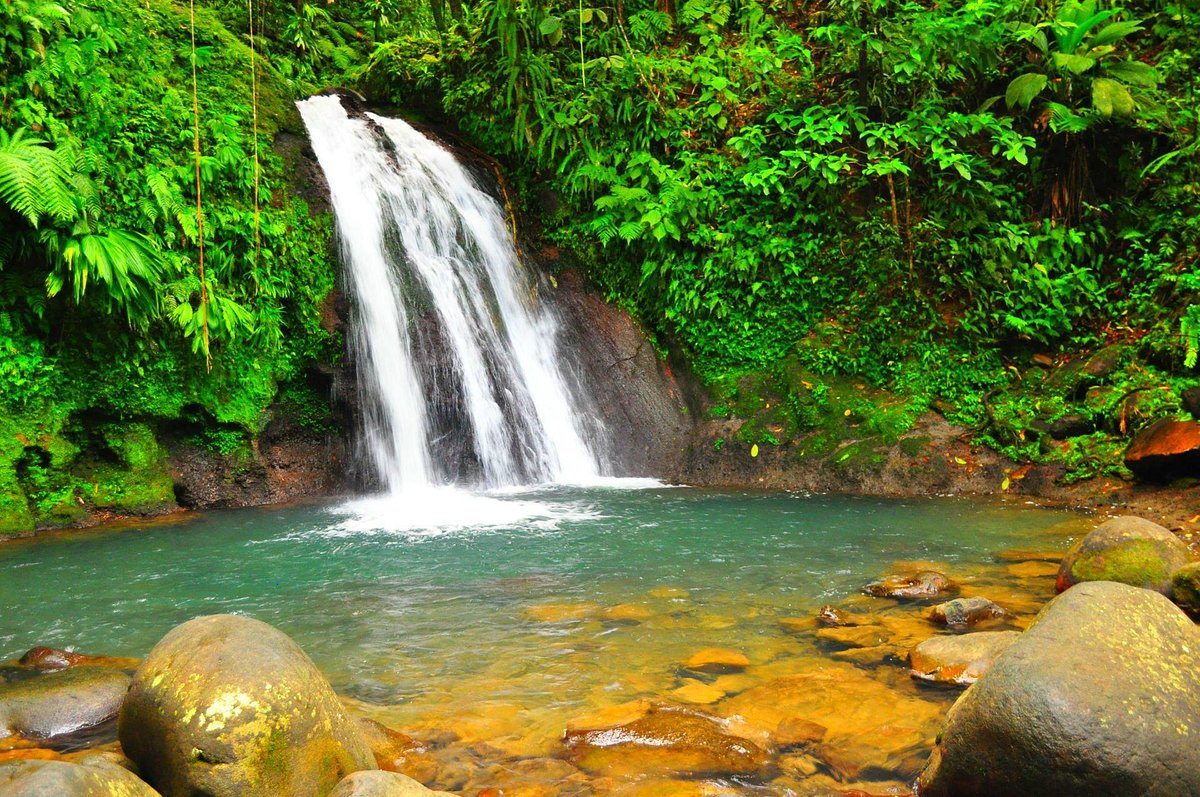
With all the great red cliffs of the American southwest, none is greater than those surrounding Guadalupe Mountains National Park. And that’s not hyperbole — sitting under the highest peak in all of Texas, offering the most fantastic and far reaching views in all of Texas, the Guadalupe Mountains National Park has miles of hiking paths through lush forest and, according to the National Parks Foundation, “the world’s most extensive Permian fossil reef.” Dating back to between 250 – 300 millions years ago, before you ask.
Despite its fabulous grandiosity, visiting is quite difficult as it is hours away from the nearest civilisation, and boasts heat advisories during the summertime reminiscent of Death Valley, making it frankly a bit of a dangerous adventure. There’s probably a reason it’s one of the least visited National Parks. However, during specific times of year (as long as you carry enough water) camping in Guadalupe park is unmatched anywhere else in Texas.
7 Congaree National Park, South Carolina
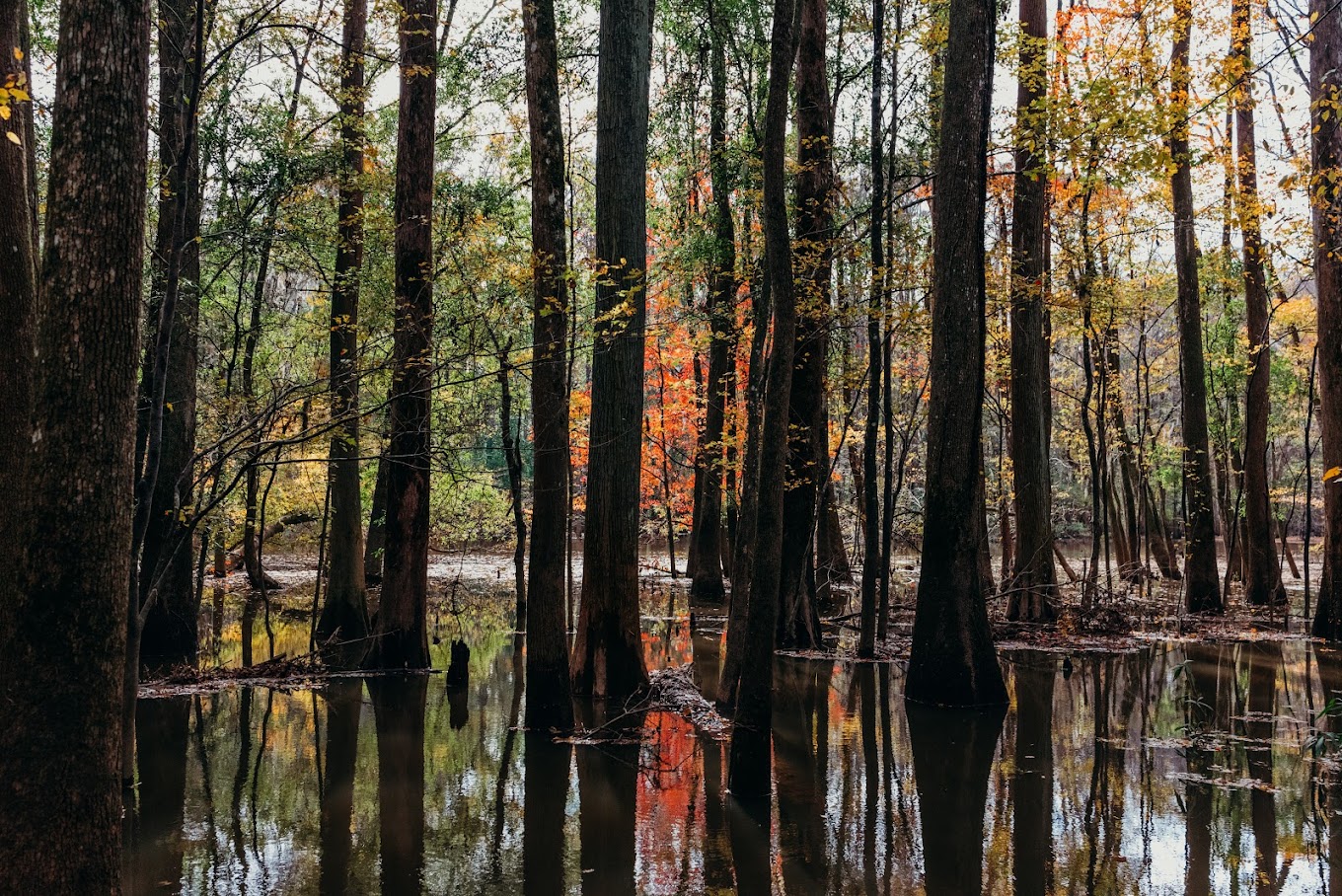
While the US east coast is known for its ancient and wonderful forests, the truth is these are not the same forests that would have been encountered by the first settlers. In fact, so prolific was logging back then that even to this day, a few hundred years later, the original tree species of these ancient forests have yet to return. All except for Congaree National Park
Now, surely, after how hard it’s been to reach the previous entries, this must be quite the journey, you’re thinking. But it’s not! Head to South Carolina! Boasting full amenities and easy road coverage, and scenery that exists in less than a tenth of America, untouched and unbridled, there is nothing holding you back from visiting what America may have looked like before Columbus. The park is only not that visited because it has no marketing. By far the easiest and most fulfilling to visit so far.
6 Great Basin National Park, Nevada
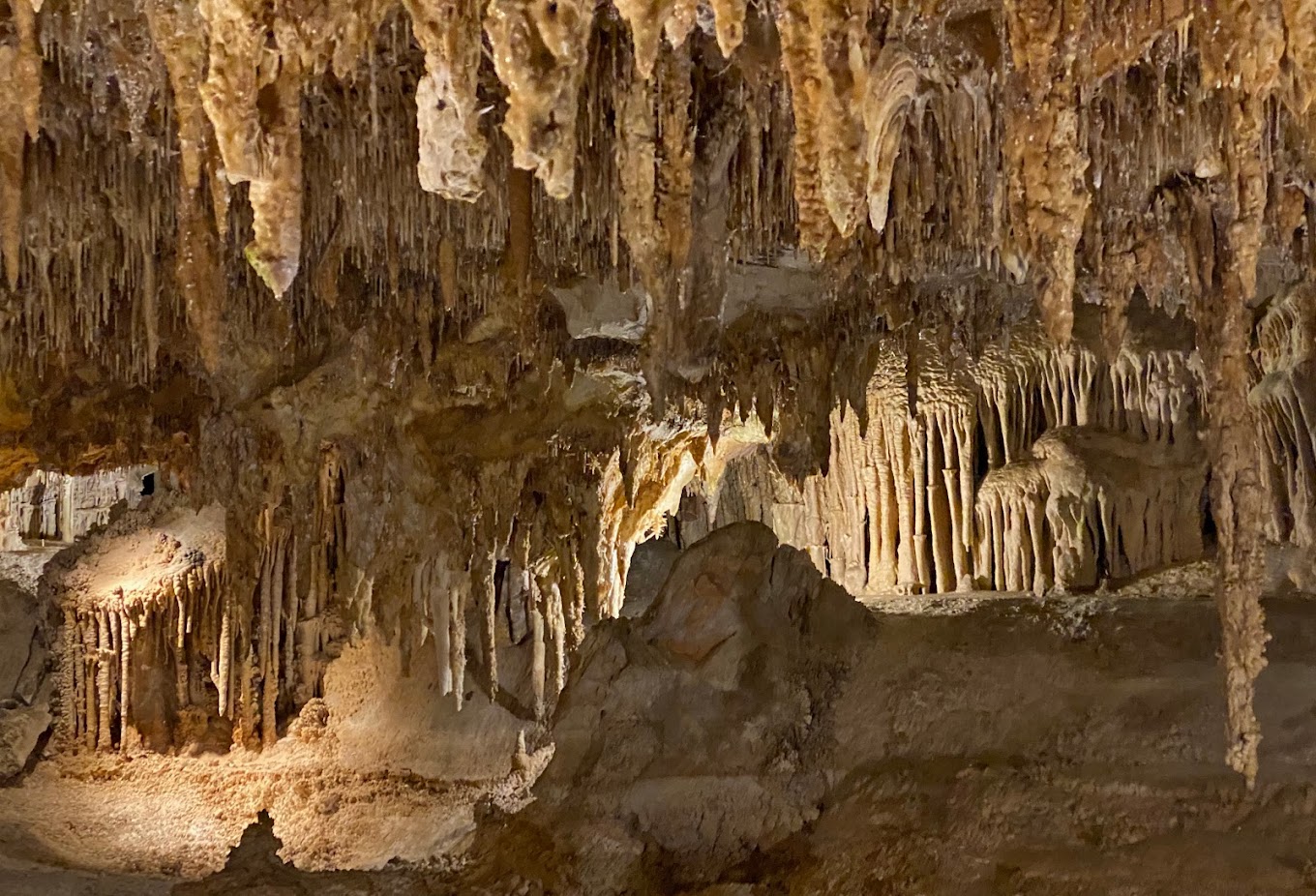
Only after traveling down what is called “America’s Loneliest road” — right there, I’m in— do you reach the seemingly desolate Great Basin National Park. However, be not fooled by the dusky isolation of this park as this leads to its greatest secrets. Despite its limited amenities and single visitor center, the Great Basin National Park is one of the few places to boast the title of an international “dark sky park”, meaning the light pollution that affects other parks is not here, and the Great Basin includes a dark sky observatory for anyone who wishes to not only enjoy the sights of the Park, but also the cosmos beyond.
If the skies are not your fancy — who knows what your fancies are? — the Great Basin is home to the phenomenal Lehman Cave system, which operates tours for visitors, no caving experience needed. And there is still another reason to visit the Great Basin National Park, which is that it is home to one the longest continously living species on earth, the Bristlecone Pine tree.
5 Theodore Roosevelt National Park, North Dakota
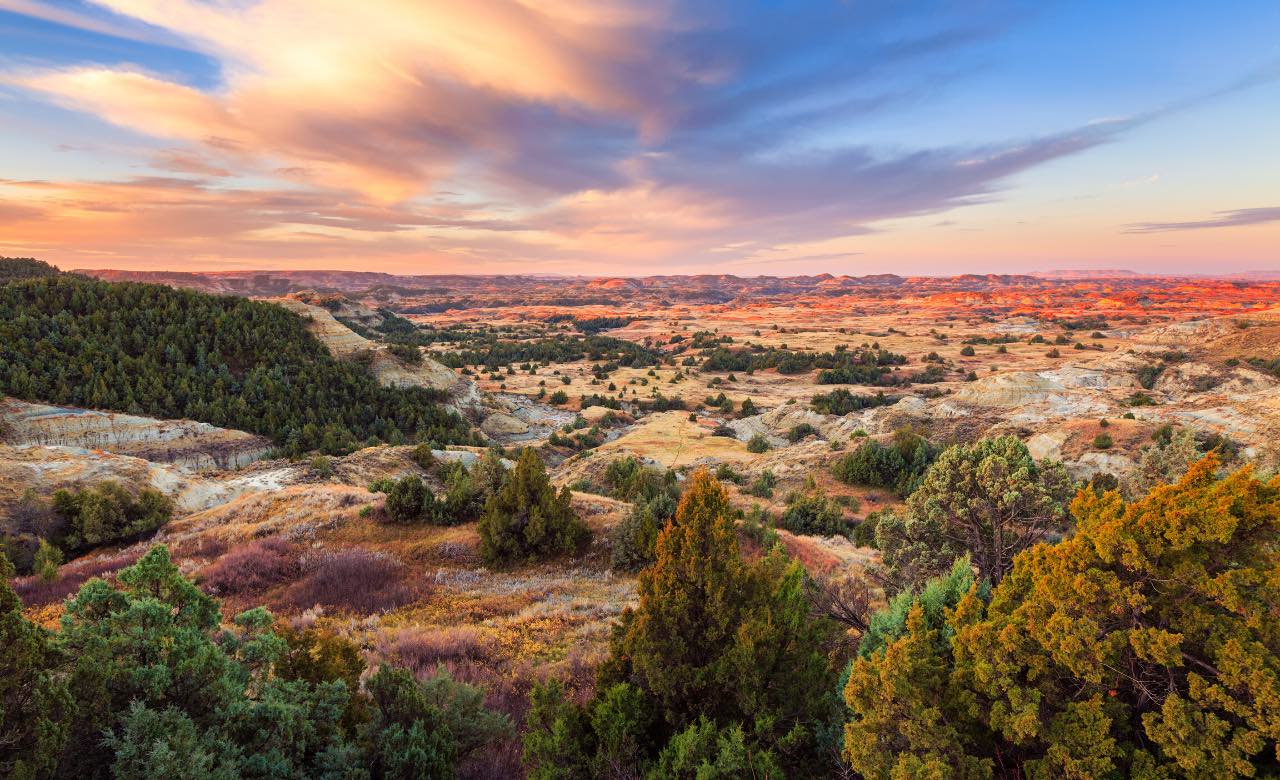
The Dakota Badlands. Already such a welcoming, but thrilling, name. Out here there is nothing but barren beauty matched only by the pain and emptiness it can bring and I don’t just mean existential. Out here there is very little of everything, no roads, limited wildlife, limited if any available water, on top of the harsh heat of the day and blistering cold of the night, one must wonder how such a place would be named after the very founder of the national park system, Teddy Roosevelt. But this is where, after a trip in 1883, he first became inspired to develop the concept of conservationism.
However, things are not all doom and gloom out here if you visit during the right time of spring, when you may be able to witness an unparalleled wildflower blooming stretch across the vast prairie landscape, covering the normally barren and dangerous land in a sea of color.
There are challenging hiking trails and scenic roads running through the bentonite hills, with extraordinary vistas, and plenty of wild animals, including feral horses — not a phrase you often hear — and bison.
4 Dry Tortugas National Park, Florida
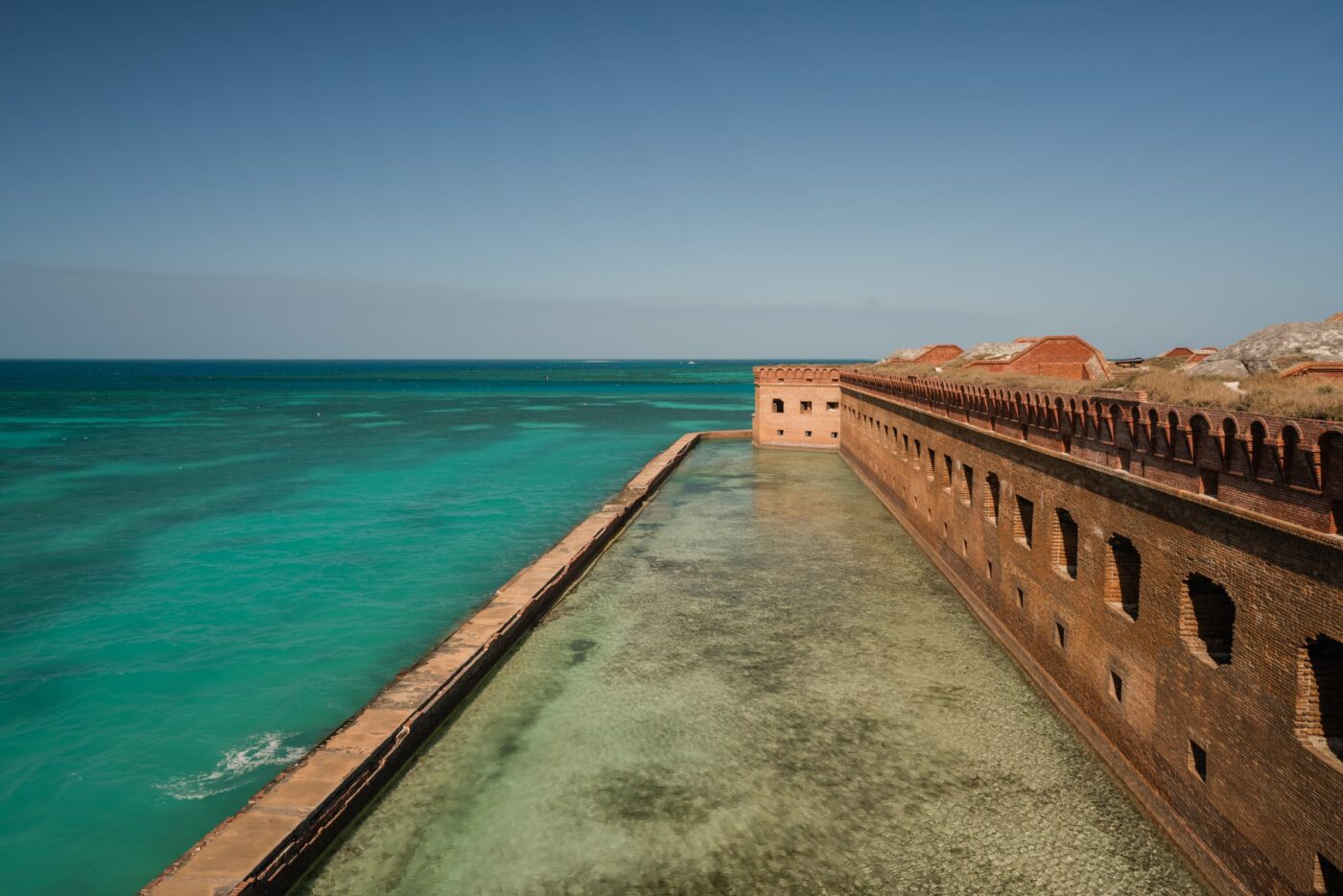
Perhaps one of the least remote and boasting some of the best historic sites, Dry Tortugas National park is rarely visited not just because it’s somewhat difficult to reach, requiring a boat or seaplane, but due to the protections put in place by the National Park Service for this park’s pristine environments and wildlife (such as the manatee). Thanks to that protectiveness, this park offers an amazing glimpse into the wilds of Florida, jam packed with crystal clear waters, coral reefs, and most importantly the abandoned Fort Jefferson (construction, started in 1846, petering out in 1861, was never completed). Primitive camping is allowed nearby. Also check out the Garden Key Lighthouse, which features in stories by James Fennimore Cooper and Ernest Hemingway, on the Island the fort was built on.
3 Lassen Volcanic National Park, California

Much like Congaree National Park and unlike many on this list, Lassen Volcanic National Park is not that difficult to visit and boasts many amenities and unique features. Home to the largest (and active) cone volcano, Lassen Peak, it is a shame this park does not receive the same degree of visitation as many others in California. Lassen park is also home to many other thermal springs and features rivaled only by Yellowstone National Park.
And while there are many things to do during the day such as hiking and rafting, this park also boasts the ranking of a “dark sky park”. It may not have an observatory like The Great Basin National Park, but Lassen Park allows some of the most breathtaking views with the naked eye of the night sky for anyone to enjoy.
1 (tied) Kobuk Valley National Park and Wrangell-St. Elias National Park, Alaska

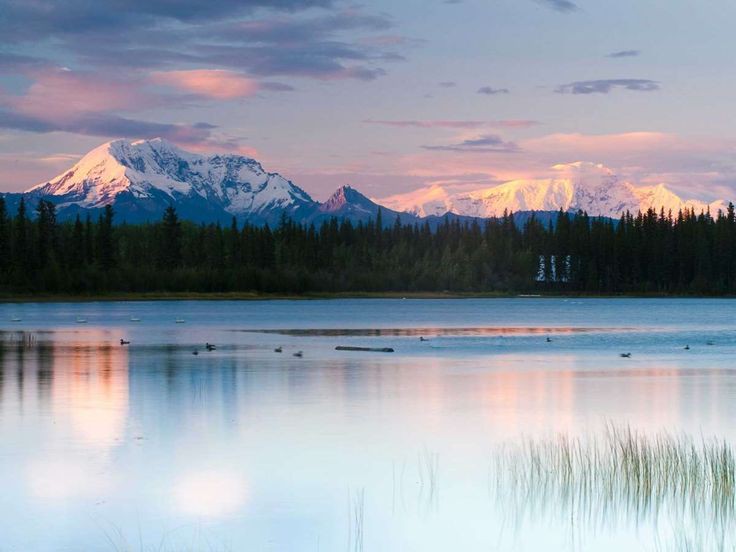
And finally, the last two spots on this list both get to share the titles of not only the most remote, least visited, largest and most dangerous parks in the US National Park system, they also are located in the same state, Alaska.
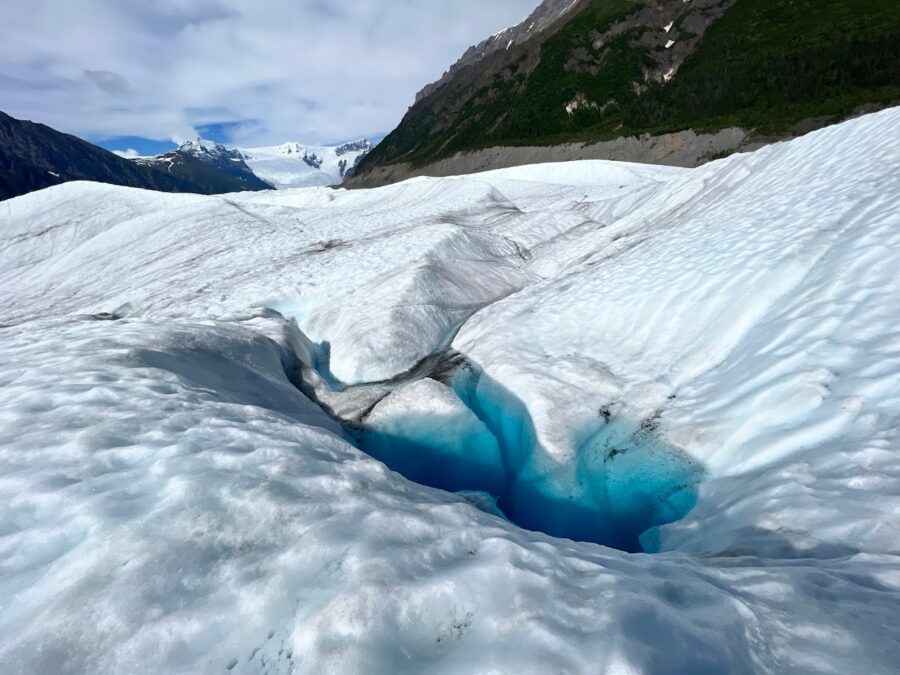 Both are not only the most remote but most difficult to visit parks on this list.
Both are not only the most remote but most difficult to visit parks on this list.
They are, of course, removed from the contiguous US, making visiting expensive and time consuming, they are also the most untouched of the parks. Due to their size and remoteness there are no roads or amenities in place for the casual tourist. In fact, to visit them you must hire a local bush pilot who will fly until a suitable field for landing is found (made all the trickier due to the finicky weather of the area). And even then, once you are dropped off, that’s it. You will be completely alone to fend for yourself in the vast, harsh Alaskan wilderness. While you may be the only human for thousands of miles around, a perhaps appealing thought if you’re going to go the extreme lengths to get there, you won’t be alone, as the Grizzly and Polar bears inhabiting the region will gladly keep you more company than you’d probably like. For this reason, only the most experienced adventurers should attempt visiting these places.
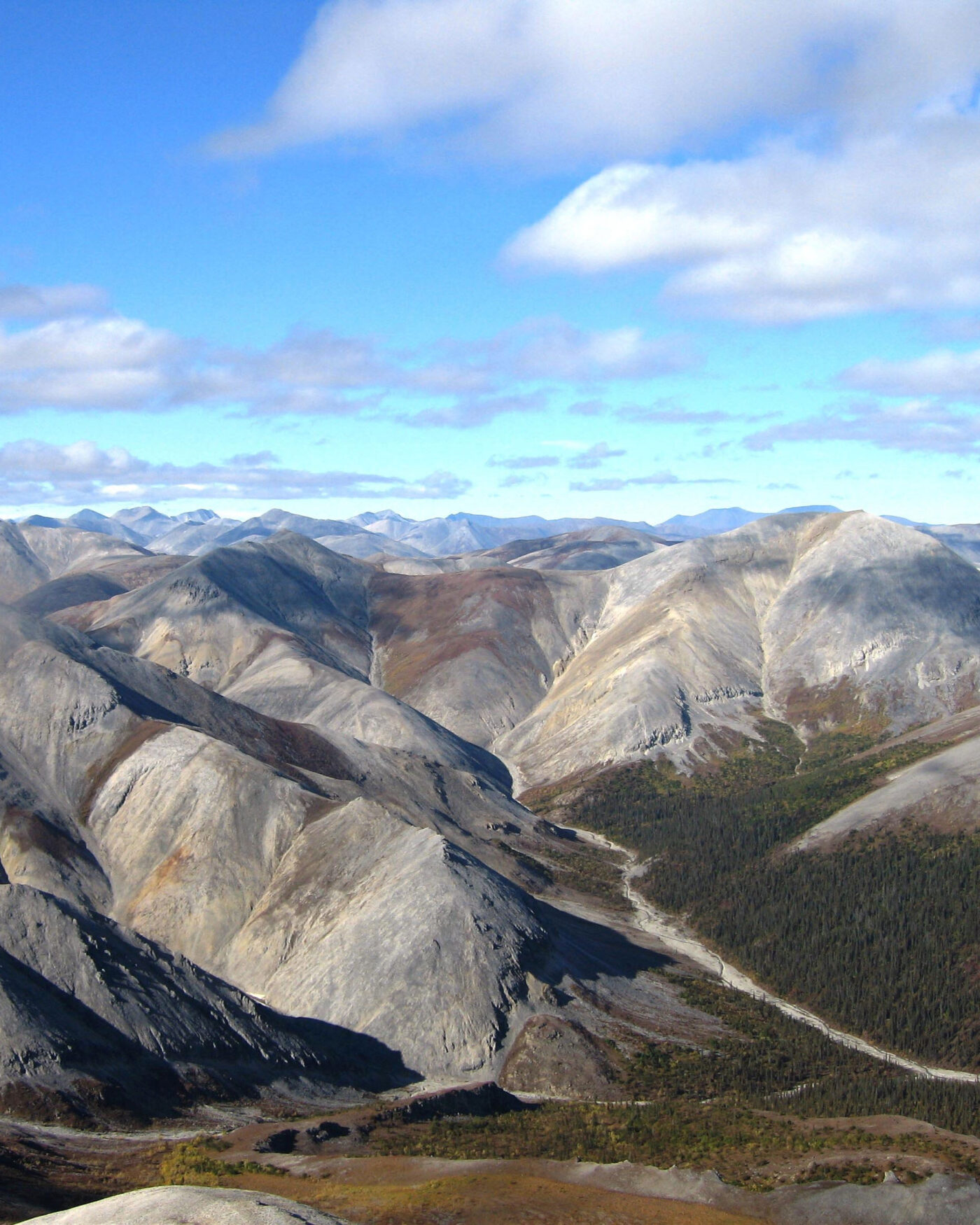
However, despite the difficulty and the risk involved in such an excursion it cannot be understated just how beautiful and unique these parks are with fantastic vistas, virgin forests, sand dunes, caribou migration, the pristine Kobuk River and much, much more. Nothing can compare to a visit here (so, er, sorry if we put you off earlier). Due to the isolation of both these parks, this is the closest most of us can find in the modern world to experience what it must have been like to be an explorer of old, being the first to discover what this amazing land, the largest state in the U.S., has to offer. (Alaskans like to say: “If you cut Alaska in half, Texas would be the third largest state in the Union!” Bragging rights settled.)
As the largest national park in the United States, Wrangell-St. Elias covers an immense area of mountains, glaciers, and wilderness. Its very remote location naturally limits visitation.
POSTSCRIPT
For anyone wishing to explore these remote areas, here are some safety tips, and a link to help get you started.
While their nature is pristine; these parks’ beauty is only matched by their danger.
- Always be sure to share your plans with friends, family and, very importantly if you plan on hiking, with the National Park Service, so that should something go wrong — or really terrible happen, like you die — searches can start early.
- Plans don’t always work out, so make sure to be prepared. Have back up first aid kits, extra water, food, as well as other emergency things such as mirrors to signal planes.
- While the wild animals may seem peaceful and beautiful, it is best to keep your distance at all times. Whether large or small it is important to remember these are wild animals and they will attack.
- Don’t risk it! While there are many beautiful scenes to photograph, try to remain as risk adverse as possible. It may look cool to have a photo standing on the edge of a cliff, but one wrong step and a dream journey can quickly turn into a nightmare. Instagram just isn’t that important.
- Be sure to have appropriate tools for the weather, but never assume it will stay the same. For instance, some parks may be t-shirt and shorts weather during the day but once night falls temperatures can quickly drop to near or actual freezing.
- If you plan on overnight hiking, be sure to practice safe food storage such as hanging your bag of food from a tree at least 30 yards away from your camp so that wild animals (specifically bears) won’t feel enticed to venture into your camp.
https://www.nationalparks.org/connect/blog/tips-safely-visiting-national-parks






